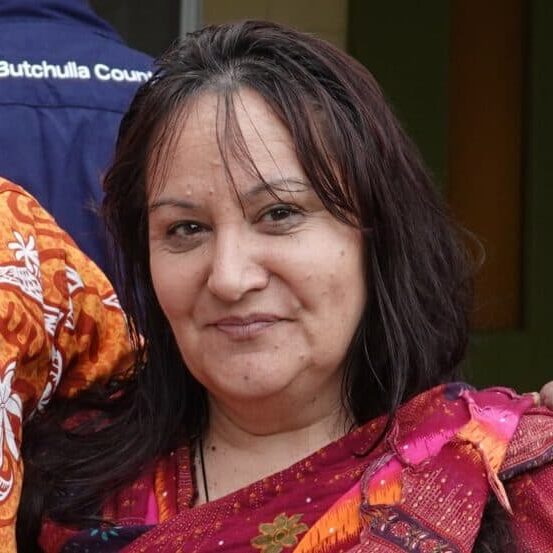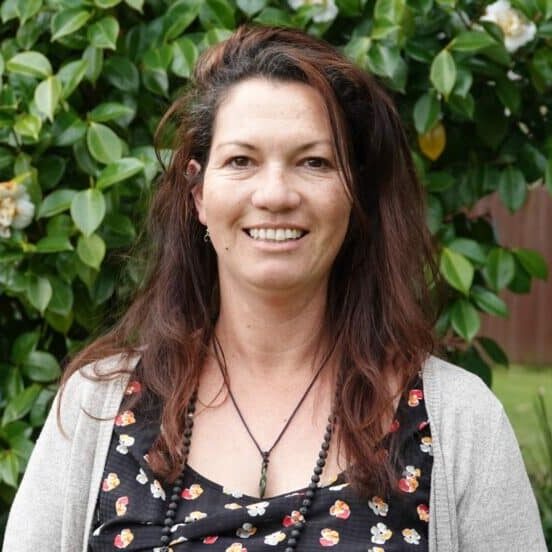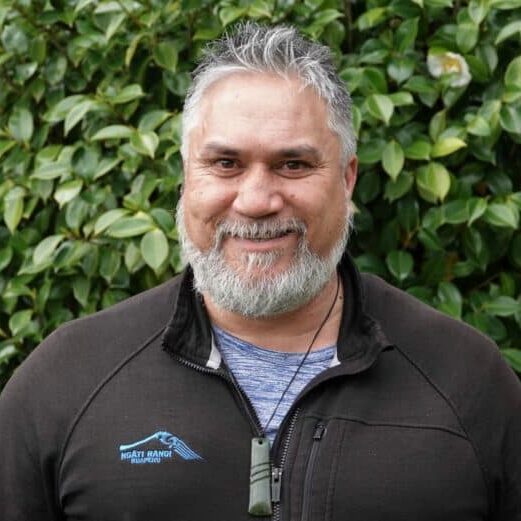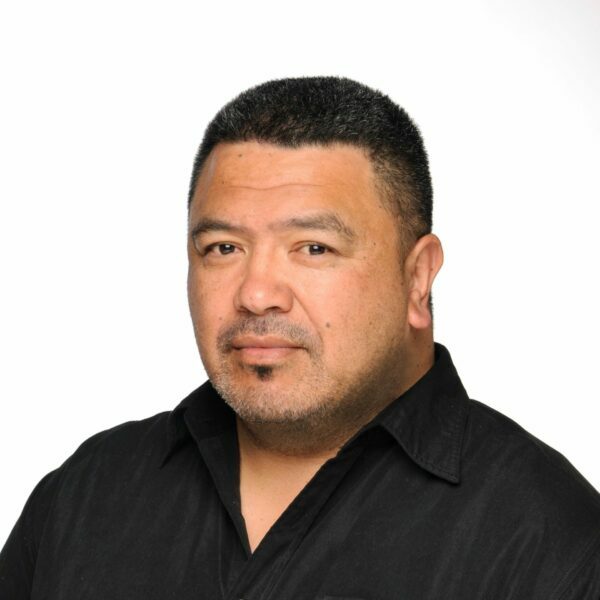Waitangi Wood
Independent
In an unprecedented effort to save some of the most immense lifeforms on the planet, the Te Whakahononga programme is fostering a multi-disciplinary collaboration which centres mana whenua and uplifts te ao Māori.
More and more of Aotearoa’s ngahere is imperiled by kauri dieback (KDB) and myrtle rust (MR). These diseases threaten not only the rākau themselves but also the intricate ecosystems and the cultural relationships and identity associated with these taonga. Vulnerable species include kauri, as well as rātā, pōhutukawa, maire, kānuka, mānuka, ramarama, rōhutu, and adopted taonga such as commercial feijoa crops. Because of KDB and MR, countless taonga are dead, dying, or under increasing threat.
Nested within Ngā Rākau Taketake (NRT), Te Whakahononga is coordinating a multi-disciplinary response, connecting people who have mātauranga Māori skills and unique localised knowledge with other NRT scientists across 11 areas impacted by KDB and/or MR. With 11 different mana whenua groups coming on board, this is an unprecedented level of community/hapū participation for BioHeritage.
Mana whenua have a rich history and tradition of innovating and utilising customary tools and knowledge such as rāhui, kaitiakitanga and other environmental protocols to address species decline. The challenges have been diverse, from first discovering and investigating the globally-unique ecosystems of Aotearoa, through the dramatic challenges brought about by the European colonial event, to today. Through mātauranga and generational knowledge coalescing with conventional science methodologies, Te Whakahononga will showcase a truly Te Tiriti-led approach to conservation.
Leading Māori social scientist, Karen Fisher, of Waikato‐Tainui (Ngāti Mahuta) and Ngāti Maniapoto (Ngāti Paretekawa) descent, is based at the University of Auckland and is part of the team to assist in recording, synthesising and sharing knowledge from this ground-breaking approach.
The team also includes Mana Epiha, who is of Ngāpuhi nui tonu (Ngāti Rehia, Ngāti Kura, Te Uriroroi, Patuharakeke) descent and is an award-winning producer, director and film maker. He is recording the development and progress of Te Whakahononga.
The Te Whakahononga approach recognises that mana whenua kaitiaki and tohunga are best placed to co-design and co-develop our next steps towards controlling the threat presented by KDB and MR, and returning our ngahere and crops to vitality.

Waitangi Wood

Juliane Chetham

Dave Milner

Alby Marsh